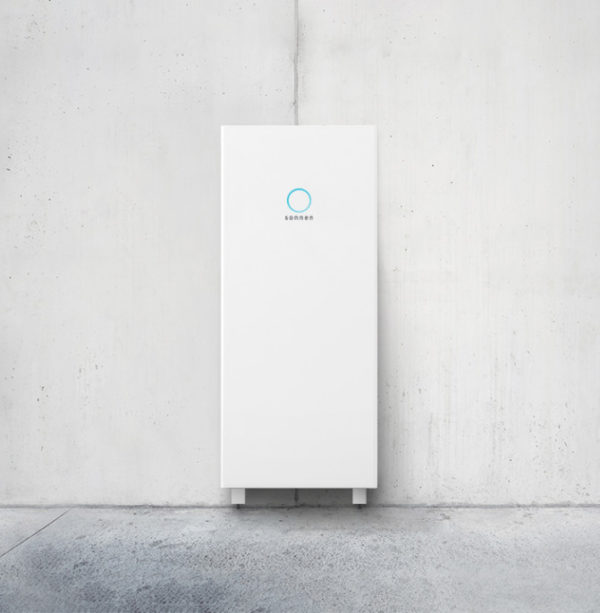Over 2,000 customers are enrolled in utility Rocky Mountain Power’s Wattsmart Battery Program, a model for selling grid-interactive solar and utility controlled residential batteries. The program is an alternative to solar “grid defection” or going off-grid and eliminates reliance on net metering.
ES Solar, a solar installer, and sonnen, a residential battery provider, have led efforts to dispatch the utility’s program, which spans Utah and has recently entered Idaho. The program is expected to bring up to 35 MWh of grid-interactive battery capacity online this year.
Rocky Mountain Power gradually phased out its solar net metering subsidy to instead replace standalone solar with solar plus energy storage. The Wattsmart program is described as a pro-community and pro-grid model for delivering reliable renewable energy.
ES Solar currently has a 98% battery attachment rate on new solar sales as part of the Wattsmart Program. The company said it is on track for continued sales growth with goals to install an estimated 1,500 additional customers by the end of 2022 and more than 5,000 in 2023. It is also engaging with existing solar customers to retrofit batteries and add them to the aggregation program.

Image: sonnen
The utility Rocky Mountain Power has direct control over the battery fleet and can dispatch it on-demand to meet grid conditions with daily, dynamic solar time shifting and directed load curtailment, plus frequency response and directed solar grid injection when the grid needs power, as opposed to when it is sunny.
“As Rocky Mountain Power’s battery program grows, ES Solar is succeeding in overcoming the complex concepts and challenges associated with effectively integrating residential solar + storage into the broader energy system,” said Blake Richetta, CEO at sonnen. “As this radical model expands into thousands of new homes, so does the use of batteries for the betterment of individuals, society and the environment, which is the ultimate purpose of a solar battery.”
In a report published by the University of Otago in New Zealand, researchers found that the collective use of batteries had dramatic effects on both load smoothing and peak demand shaving. Aggregation of smart storage led to a reduction in per-house battery requirements by 50% for load-smoothing needs and by 90% for peak shaving.
The researchers said the results make a case for coordinated battery deployment at the street or building level for multiple economic benefits. These benefits include the potential reduction in energy storage cost for homeowners (who could buy a smaller unit), benefits to the grid in easing demand and load related strains, and benefits to solar developers who can add another value chain to their operations by facilitating these grid services.
As an example, if peak shaving occurred for demand above 3 kW per house, deploying batteries individually for 20 houses would require 120 kWh of storage. By contrast, deploying batteries collectively would only require 7 kWh, the researchers said. Sharing batteries or having one battery per 20 houses would be a less expensive approach to providing these services, they said.
In existing and new Wattsmart markets, ES Solar will establish reselling channels with other regional solar contractors and replicate their smart, utility-controlled battery business model throughout the industry.
“Our team emphasizes the need for more than just rooftop solar to drive the clean energy transition and we want to do more than lead this transition, we want to empower other contractors to follow in our footsteps,” said Nic Evans, vice president of strategic partnerships at ES Solar. “Through this forward thinking approach, we hope to elevate our beloved solar industry, ‘all boats will rise.’”
This content is protected by copyright and may not be reused. If you want to cooperate with us and would like to reuse some of our content, please contact: editors@pv-magazine.com.









By submitting this form you agree to pv magazine using your data for the purposes of publishing your comment.
Your personal data will only be disclosed or otherwise transmitted to third parties for the purposes of spam filtering or if this is necessary for technical maintenance of the website. Any other transfer to third parties will not take place unless this is justified on the basis of applicable data protection regulations or if pv magazine is legally obliged to do so.
You may revoke this consent at any time with effect for the future, in which case your personal data will be deleted immediately. Otherwise, your data will be deleted if pv magazine has processed your request or the purpose of data storage is fulfilled.
Further information on data privacy can be found in our Data Protection Policy.